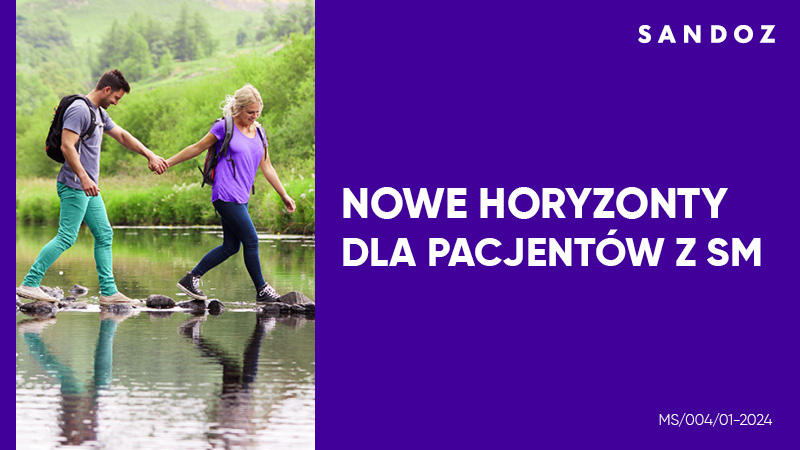Post-stroke involuntary movements in a patient with chronic respiratory failure
Marina Baszkiewicz
 Affiliation and address for correspondence
Affiliation and address for correspondenceIntroduction: Movement disorders in the form of involuntary movements are a rare complication of stroke, found in approximately 4% of patients. Material and methods: This case is presented on the basis of medical records of the patient. Case study: This paper presents the case of a 73-year-old patient with chronic obstructive pulmonary disease, a history of an ischaemic stroke, who was treated repeatedly at the Department of Neurology due to poststroke involuntary movements involving the left upper extremity, head and tongue. Computed tomography of the head revealed: bilateral vascular focal lesions in the projection of basal ganglia. Frequently, the decrease in oxygen saturation (SpO2) levels below 90% was observed in the patient, when involuntary movements intensified. When the patient was saturated with oxygen, involuntary movements were remitted, and reappeared after some time but their amplitude was significantly narrower. Involuntary movements completely regressed after new cerebral ischaemic accidents in the right frontal lobe. Results and discussion: Chorea-ballism and dystonic movements are associated with damage to the basal ganglia, most commonly developed as a result of lesions of a vascular origin. In the case of our patient, vascular lesions were confirmed by a computed tomography scan. Conclusions: In the presented case massive involuntary movements intensified when saturation levels dropped below 90%. This can be associated with the adverse effect of hypoxia in focal ischaemia involving the brain. Remission of involuntary movements may have been caused by the development of a new ischaemic lesion in the right frontal lobe.







